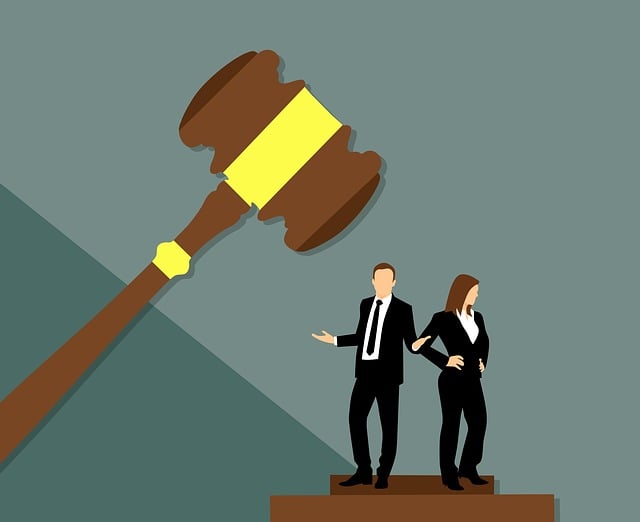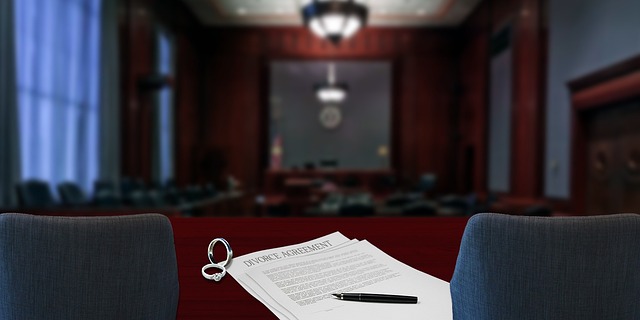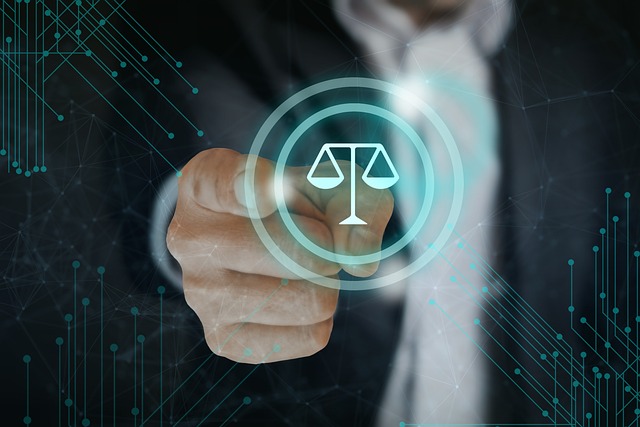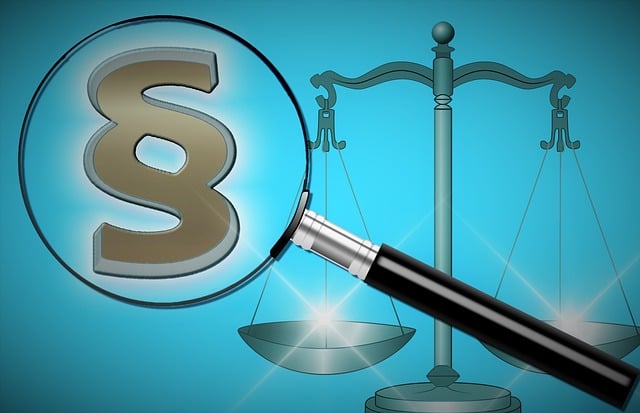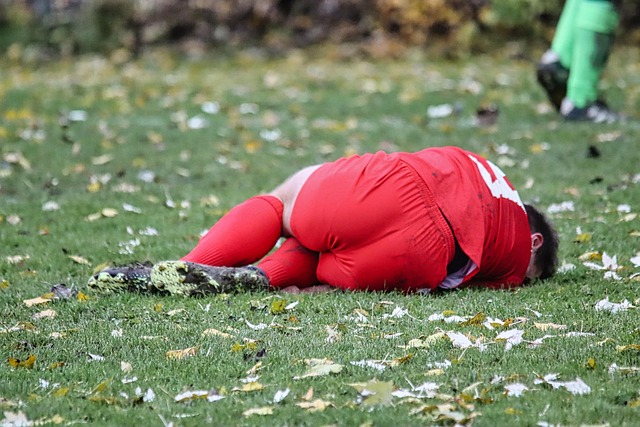Wet floor accidents, governed by premises liability laws, hold property owners accountable for safe conditions. Local regulations dictate maintenance and signage, impacting insurance claims and settlements, with specific rules in healthcare settings. Informed awareness is vital for businesses to mitigate risks of accidents, lawsuits, and associated costs. In case of accidents, meticulous documentation and legal counsel are crucial for personal injury claims, especially for vulnerable individuals.
Wet floor accidents can lead to severe injuries and significant financial burdens. Understanding relevant laws and regulations is crucial for both victims seeking justice and businesses aiming to prevent liability. This article delves into the legal landscape surrounding wet floor accidents, exploring common causes and guiding you through navigating insurance claims and settlements. Learn about your rights and the steps to take after a slip and fall incident.
- Understanding Wet Floor Accident Laws and Regulations
- Common Causes of Wet Floor Accidents
- Navigating Insurance Claims and Settlements
Understanding Wet Floor Accident Laws and Regulations

In many jurisdictions, wet floor accidents fall under premises liability laws, which dictate the responsibilities of property owners and managers in ensuring safe conditions for visitors and tenants. These laws are designed to protect individuals from potential harm caused by slippery or hazardous surfaces. When a wet floor accident occurs, understanding the applicable regulations is crucial for both victims seeking compensation and businesses aiming to avoid legal disputes. Knowledge of local laws, such as those related to maintenance schedules and warning signage requirements, can significantly impact the outcome of insurance claims and settlements.
Beyond general premises liability rules, specific regulations may apply in certain settings, like commercial establishments or healthcare facilities. For instance, nursing homes have additional obligations to prevent slips and falls due to their vulnerable population. Similarly, partnership disputes over who is responsible for maintaining wet floor safety protocols can arise, leading to complex insurance claims. Therefore, businesses must stay informed about industry-specific guidelines to mitigate the risk of accidents, potential lawsuits, and ensuing settlements.
Common Causes of Wet Floor Accidents

Wet floor accidents are a significant concern in various settings, from commercial properties to residential homes. Common causes often include recent cleaning or maintenance activities that leave floors damp without proper warning signs or protective measures. Spills from liquids like water, cleaning solutions, or food and beverages can create hazardous conditions, especially when left unattended. Another factor is aging infrastructure; old buildings with outdated drainage systems or pipes may experience frequent water leaks, causing wet floor situations. In many cases, negligence plays a crucial role, as property owners or managers fail to address known issues or implement adequate safety protocols, such as proper signage and quick response teams for spill cleanup.
These accidents can lead to serious personal injuries, particularly for vulnerable populations like the elderly, who may be at higher risk of slips and falls. As a result, many victims pursue personal injury claims to seek client recovery for medical expenses, pain, and suffering. Understanding the underlying causes of wet floor accidents is essential in preventing them and mitigating potential legal liabilities, especially within the context of elder law considerations.
Navigating Insurance Claims and Settlements

Navigating insurance claims for a wet floor accident can be a complex process. The first step is to document everything related to the incident—from the time, place, and conditions leading up to the accident, to any injuries sustained and the immediate response from management or staff at the location. This detail becomes crucial when presenting your case to an insurance company or a court.
If you’ve experienced car accident injuries, elder abuse, or been involved in a truck accident due to a wet floor, it’s important to seek legal counsel. A competent lawyer specializing in personal injury cases can guide you through the claims process and ensure your rights are protected. They will help gather evidence, negotiate with insurance companies for fair settlements, and represent you in court if necessary.
Wet floor accidents can lead to severe injuries and legal repercussions, underscoring the importance of understanding relevant laws and regulations. By recognizing common causes such as inadequate maintenance, slippery substances, and improper signage, property owners and businesses can mitigate risks. Navigating insurance claims and settlements efficiently requires a deep understanding of policies and legal procedures. Armed with this knowledge, individuals affected by wet floor accidents can ensure fair compensation and promote safer environments for everyone.
